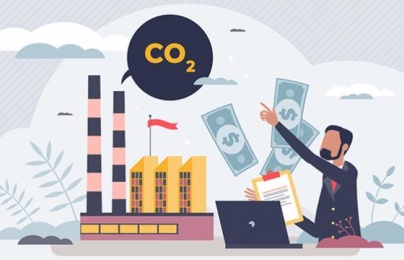ABOUT US
With the motto "towards a green economy", GREEN IN has consulted and implemented many sustainable energy solutions in 16 provinces and cities nationwide, contributing to improving the livelihoods and health of more than 20.000 people. and reduce local greenhouse gas emissions.
We support businesses in inventorying greenhouse gases, planning to adapt to climate change towards green transformation, and implementing activities for social and environmental goals. Service packages are designed to suit the needs of businesses, ensuring the most effective inventory implementation and maximum cost savings.
Read more

















